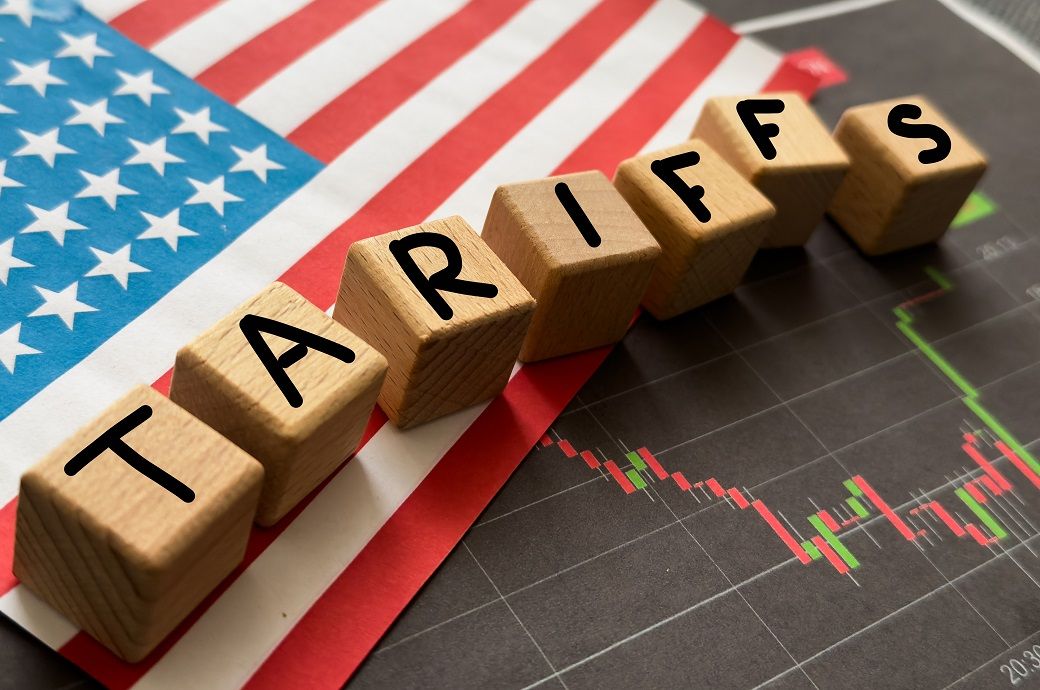
Halfway through the year, it is still difficult to predict the impact new tariffs and other government policies will have on the US economy, he added.
“This year began with high expectations for the strength of the US economy,” Kleinhenz said, noting strong 2.8 per cent year-over-year growth in gross domestic product in 2024 that was led by consumer spending and helped by business and government spending. “Since then, anxiety and confusion have taken centre stage in the economy and financial markets as uncertainty over public policy has intensified. It was difficult to judge how policy changes would impact the economy in early 2025 and it remains so now.”
Kleinhenz’s comments came in the July edition of NRF’s Monthly Economic Review, which said that economic growth is holding up reasonably well. GDP dipped at an annual rate of 0.5 per cent in the first quarter, mainly due to a spike in imports triggered by tariff announcements. However, private final sales to domestic purchasers—a key gauge of consumer and business demand—increased 1.9 per cent year-on-year, signalling underlying strength. While this was a slowdown from 2.9 per cent in the previous quarter, Kleinhenz noted that “the slowdown has been less than feared”.
“Economic fundamentals appear solid at this juncture, but uncertainty is pervasive,” added Kleinhenz. “There are many crosscurrents surrounding tariffs, immigration and deregulation, and everyone is sorting through what the tariff rates are going to be, how they will impact inflation for retail products and, importantly, how long they will be in place.”
Inflation, as measured by the Personal Consumption Expenditures Price Index, ticked up to 2.3 per cent in May from 2.1 per cent in April. In nominal terms, personal income and consumer spending were both up 4.5 per cent in May. Core retail sales—defined by NRF to exclude automobiles, gasoline, and restaurants—were up 3.9 per cent YoY in May and for the first five months of 2025.
The labour market also remained a bright spot, with 147,000 jobs added in June—slightly above the 12-month average of 146,000. Unemployment held steady at 4.1 per cent, while job openings rebounded to 7.8 million, surpassing the number of unemployed and indicating continued demand for workers.
Tariff-related price pressures have yet to fully materialise. “However, if the large increases in tariffs announced earlier this year take effect and are sustained, they will infiltrate consumer prices, causing a downshift in spending that is likely to spill over into the labour market later in the year with higher unemployment,” Kleinhenz warned.
Looking ahead, Kleinhenz believes the Federal Reserve is “quite unlikely” to cut interest rates this month but could be on course to do so in the autumn. Fed officials are closely observing the “inflation psychology” of consumers—their perceptions of future inflation and its influence on current spending and saving behaviour.
While uncertainty remains difficult to measure, the Economic Policy Uncertainty Index—developed by Stanford and Northwestern economists—has dropped by half since peaking in April, its highest level since the pandemic.
Commenting on recent fiscal policy changes, Kleinhenz said the passage of the One Big Beautiful Bill Act has introduced “many moving parts” that “could greatly alter the economic outlook” depending on how businesses and consumers respond. Nevertheless, he noted that the legislation—which includes business incentives, permanent tax cuts for individuals, and measures to boost workforce participation— “meaningfully reduces fiscal policy uncertainty”.
ALCHEMPro News Desk (SG)
Receive daily prices and market insights straight to your inbox. Subscribe to AlchemPro Weekly!